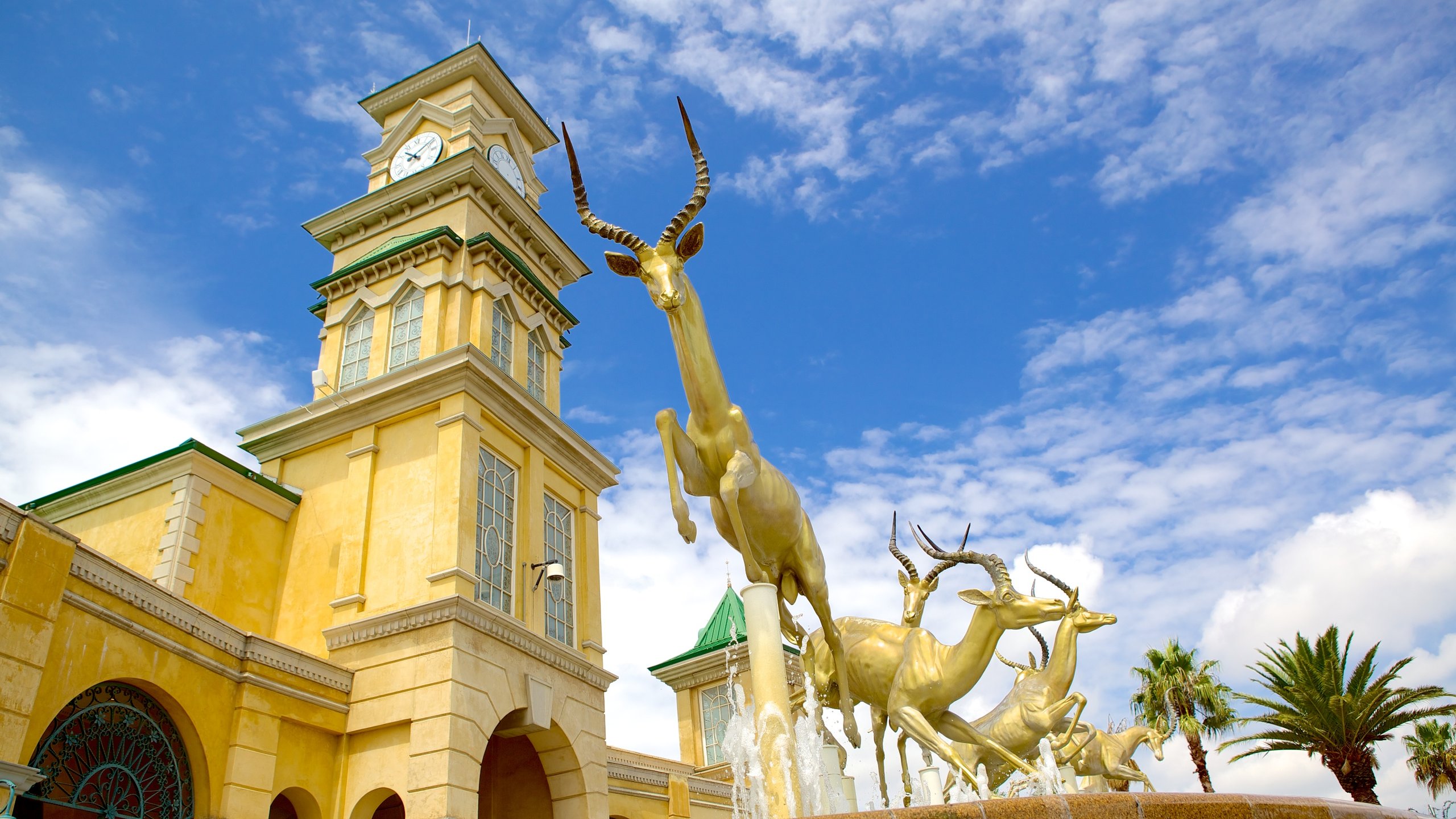Johannesburg North Attractions Fundamentals Explained
Johannesburg North Attractions Fundamentals Explained
Blog Article
Facts About Johannesburg North Attractions Uncovered
Table of ContentsThe Best Guide To Johannesburg North AttractionsSome Of Johannesburg North AttractionsSome Known Details About Johannesburg North Attractions The 15-Second Trick For Johannesburg North AttractionsThe Definitive Guide to Johannesburg North AttractionsThe smart Trick of Johannesburg North Attractions That Nobody is Discussing
The city owes its area to the existence of an even much more precious source: gold. The city expanded on the side of the Witwatersrand Main Coral reef, a subterranean stratum of gold-bearing quartz-silica empire that arcs for thousands of miles underneath the Highveld. The majority of the gold mines in the city discontinued operation in the 1970s, however in its day the Witwatersrand gold market accounted for greater than 40 percent of the globe's yearly gold manufacturing.Johannesburg has a temperate environment. Summer temperatures average regarding 75 F (24 C); winter season temperature levels average concerning 55 F (13 C) and only periodically dip listed below freezing. The city enjoys concerning eight hours of sunlight per day in both wintertime and summer. Rain averages regarding 28 inches (700 millimetres) per annum, yet the overall differs substantially from year to year.
What rain the city obtains falls almost specifically in the summertime, usually in stunning late-afternoon electrical tornados. Air pollution postures a considerable problem, especially in the cold weather, when thermal inversions restrain the westward flow of air from the Indian Ocean. Air pollution is most severe in the densely worked out Black towns on the city's perimeter, where numerous locals still rely upon coal for gas.

Johannesburg North Attractions Fundamentals Explained
The balance of the city is occupied by whites. Holiday accommodation varies in character and top quality.
Physical growth, although somewhat limited by transport, proceeded quickly as immigration to South Africa, and Johannesburg in specific, boosted considerably. This issue was resolved in the 1930s when the car was presented in automation to South Africa. Autos were, essentially, confined to the well-off, and permitted them to relocate to the north of the city and commute right into the centre.
Many poor residential areas were blended, with bad blacks and whites living together, although the well-off suburban areas were normally reserved for whites.
The previous system of eleven numbered areas was reorganised in 2006. Marshalltown, as seen from the top of the Carlton Centre. The M1 and M2 run behind the structures, and the southerly suburbs expand past the freeway limit. The central city of Johannesburg is located within the city's Area F. The approximated populace of the region is 200,000, [] The number of people living in the internal city on an informal basis is unidentified, as many are unlawful immigrants. A lot of higher-income residents and white individuals have moved to the north suburban areas and have actually been replaced by lower-income black people. The joblessness, education, and age profiles of the area are all unidentified, because of the problem of getting reliable info concerning the location.
The 15-Second Trick For Johannesburg North Attractions
Centred on the CBD, the area consists of the residential areas of Yeoville, Bellevue, Troyeville, Jeppestown, and Berea to the east. To the west it spreads to Pageview (Johannesburg North attractions) and Fordsburg. There are small industrial parks to the south, such as City West-Denver and Benrose. Around 800,000 commuters go through the inner city each day, and it works as a regional purchasing node for site visitors from the southerly suburban areas. Yeoville and Bellevue have a mix of house structures and single property devices on little lots. The area is located on a hilly divide that runs from east to west.

Johannesburg North Attractions Things To Know Before You Buy
The eastern residential areas are some of the earliest locations of Johannesburg, there are large communities of Jewish and various other European backgrounds, the majority of the population is English talking. There are three golf programs as well as a number of safeguarded ridges with helpful resources viewsites.
The location is mainly composed of old "matchbox" homes, or four-room houses constructed by the government, that were built to provide economical holiday accommodation for black workers during discrimination. Soweto is an acronym, meaning "South Western Townships". Street after street around is lined with matchboxes; nevertheless, there are a couple of smaller areas where flourishing Sowetans have developed houses that are much more comparable in stature with those in even more wealthy residential areas.
Hostels are another popular physical feature of Soweto. Initially constructed to house male migrant workers, many have actually been boosted as homes for pairs and families. The N1 Western Bypass skirts the eastern limit of Soweto. The residential area was not historically permitted to develop employment centres within the location, so mostly all of its homeowners are commuters to various other components of original site the city.
All about Johannesburg North Attractions
The N1 Western Bypass connects the north suburbs with the north-western suburbs. The suburbs in the northern suburbs are mainly official, without considerable areas of informal real estate, or real estate that does not have an irreversible structure. This is a recognized location, there is a pattern of land usage adjustment from domestic to Discover More business, particularly along major arterial roadways and around established nodes.
The area is well attached to roadway networks, especially along the north-south axis created by the M1 and N1. Roads to the east and west are much less well created, as there are no freeways taking a trip because direction. Towards the north border of the city, the thickness of advancement decreases, leaving big locations of untaught land around Midrand.
Johannesburg North Attractions - An Overview
, which is located on a hill forgeting the inner city and Hillbrow.
Report this page